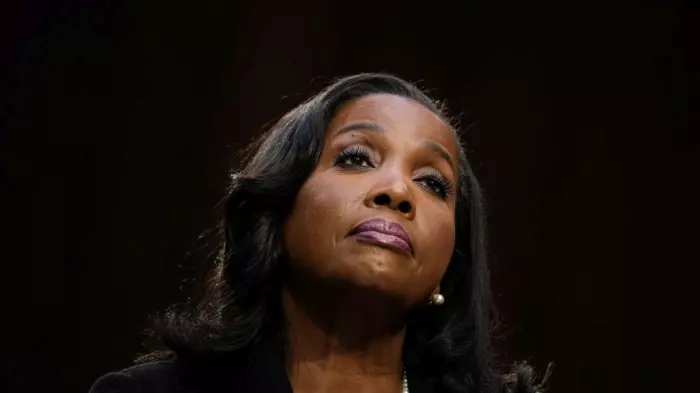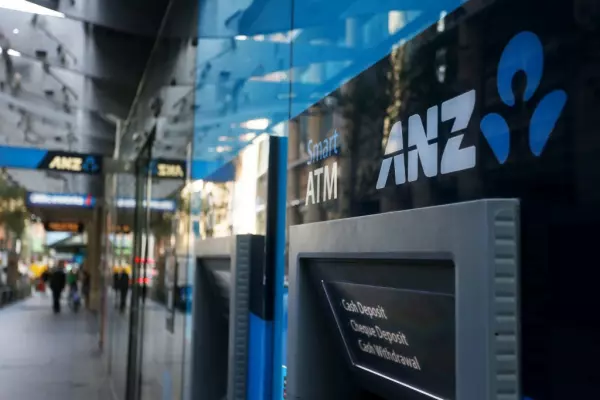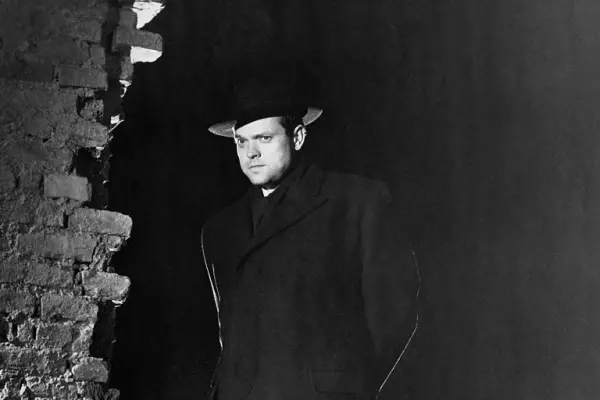Ryman Healthcare shareholders ought to be hopping mad about the ineptness of its board and management at capital management.
The directors and managers might just as well have set fire to hundreds of millions of dollars, and the blame doesn’t only fall on the current directors and managers.
They might also be asking questions about how responsible for the mess the two largest shareholders are – Geoffrey Cumming, also a director since June 2018, owned 9.8% as of Dec 5 last year, and one of Ryman’s founders, Kevin Hickman, owned 6.6% at March 31 last year.
This is a tragedy for a company that pioneered the 'continuum of care' concept of retirement villages that others now copy. It had a sterling track record, up until the last few years when the wheels started to fall off its business model.
The problems were worsened by covid-19 causing construction delays and adding costs, but they can’t just be blamed on the pandemic.
The housing market downturn isn’t helping cashflow either, but Ryman’s been through downturns before with no noticeable strain.
A shibboleth
The pride the company took in its long track record of generating and recycling capital and not having to ask shareholders for more is now exposed for the shibboleth it was.
Any student of the markets learns early that one of the reasons for a company becoming listed on a recognised exchange is that it provides relatively easy access to capital.
Making it a point of pride and virtue to eschew this benefit of being a listed company is a bit like buying a pair of glasses to address your short-sightedness and then refusing to wear them because that would expose how poor your unaided vision was.
I’ve been at Ryman annual meetings where shareholder after shareholder told the company they would be happy to give it more capital, pleas that became more urgent as concern about the ever-growing debt rose.
Shareholders should also be angry at what looked to me like the company’s attempt to gloss over the true position of its US private placement (USPP) debt.
Making nonsense
What the company said publicly and in the printed material didn’t make sense; the purpose of Ryman’s $902 million equity raising is to repay that USPP debt – $842m of the proceeds will be applied to this, $30m covers the costs of raising the money and the company will keep the remaining $30m.
The book value of the USPP notes in NZ dollars at Sept 30 last year was $708.6m.
So why repay them early?
The USPP notes were taken up in two tranches, and the second tranche of US$200m (NZ$321m) was less than a year ago in April 2022 and they were to mature after between 10 and 15 years.
The other US$300m was taken up in February 2021 with six different maturity dates – one of the slides accompanying the company’s 2022 annual results announcement showed they matured between March 2031 and March 2036.
On the face of it, that’s sensible. Ryman’s villages are assets with very long lives and it’s difficult in New Zealand to borrow from banks for anything longer than about three or five years.
Good timing
It also looks like an extremely opportune time to have taken out such long-dated debt.
At the time Ryman borrowed the first tranche, the Federal Reserve’s Fed Funds Rate was at zero, so you’d assume the company got sharp interest rates, but Ryman’s 2021 annual report didn’t disclose those rates.
The rates of the second tranche were disclosed in the most recent first-half report and are surprisingly high, at between 5.24% and 5.54%, given that the Fed had only just made its first post-covid rate hike to between 0.25% and 0.5% at that time.
Given how desperate NZ retail investors were for yield back in April 2022, you’d have to think that domestic bonds might have been a better option, although Ryman wouldn’t have got such long-dated debt.
Its own retail bond issued in December 2020 was $150m for six years with a 2.55% coupon (that was obviously a clever thing to have done).
In April last year, Goodman Property sold $150m of five-year bonds with a 4.74% coupon, while Precinct Property sold $175m of six-year bonds with a 5.25% coupon.
Why repay?
As one market observer suggested, a convertible note issue might have been an even more sensible alternative, but then that would have broken Ryman’s cardinal rule against raising equity.
Ryman chief executive Richard Umbers’ explanation to analysts on Wednesday last week of the decision to repay the USPP notes was essentially that market conditions have changed markedly and he has been reported as saying the USPP notes were Ryman’s most expensive debt.
Even so, it was difficult to understand why the company was choosing to repay them.
At first, I wondered if the problem was that the USPP notes hadn’t been properly hedged and asked the company about this.
As I told Ryman, the answer I got looked like the company was trying to hide behind the fact that USPP notes and the hedging of them are “highly complex”.
But they did tell me two interesting facts – the hedging “only holds in practice if the notes and associated hedging are held through to maturity”.
No option?
Given that Ryman has told us the break costs are about $134m, you’d have to be insane to incur such costs unless you absolutely had to.
And you’d think the mark-to-market value of the debt was working in Ryman’s favour, given how much interest rates have risen since – as an indication, the Fed funds rate is now between 4.5% to 4.75% and our own Reserve Bank’s official cash rate has risen from 0.25% since October 2021 to 4.25% and is probably going to 4.75% next week.
The other fact was Ryman said: “For clarity, Ryman did not breach a covenant.”
But then somebody experienced in the USPP market linked their repayment to the company’s admission that it had had to renegotiate its banking covenants – could the answer be that Ryman was also in danger of breaching covenants attached to the USPP notes?
Chief executive Richard Umbers acknowledged that there could be a potential breach.
“We did our business modelling and certainly at some point in our future, the interest rate covenants were going to be a problem,” Umbers told me.
Unwilling partner
“We were in discussion with all our lenders, modelling our business plans into the future,” he said.
That included the banks, the holders of the institutional term loan as well as the USPP holders.
While the banks and institutions were receptive, the USPP holders “were unwilling to work with us. They were unwilling to enter into a discussion,” Umbers said.
What this highlights is how unsatisfactory it is that public companies such as Ryman are allowed to hide behind “commercial sensitivity” and to not reveal matters such as the covenants and other terms of such instruments.
But we do know that USPPs usually contain “make whole” provisions, which means that if a company breaches a covenant, it has to not only repay the face value of the loan itself, but it also has to prepay the present-day value of all the interest it would have paid had it left the notes in place until maturity.
To be clear, although Umbers was chief executive when the second USPP issue was done, he wasn’t responsible for the first tranche and nor was he responsible for Ryman’s pathological antipathy to asking shareholders for more equity.
Better late than never, but this has been an exorbitantly expensive lesson for Ryman.
The first sentence under the Making nonsense subhead has been corrected to show the company will keep $30m of the proceeds.















